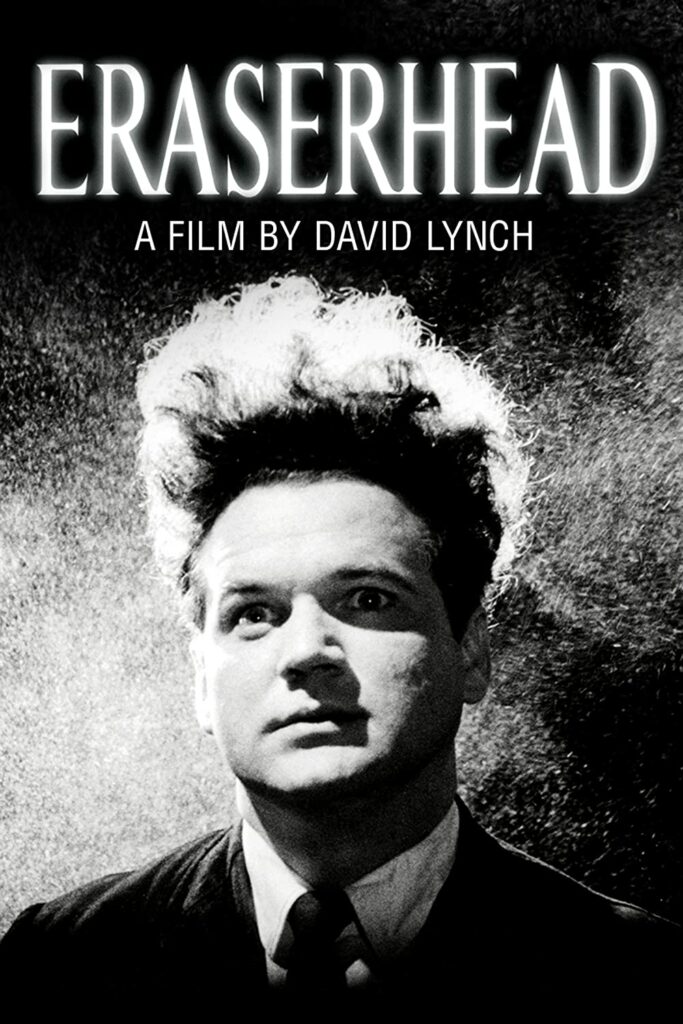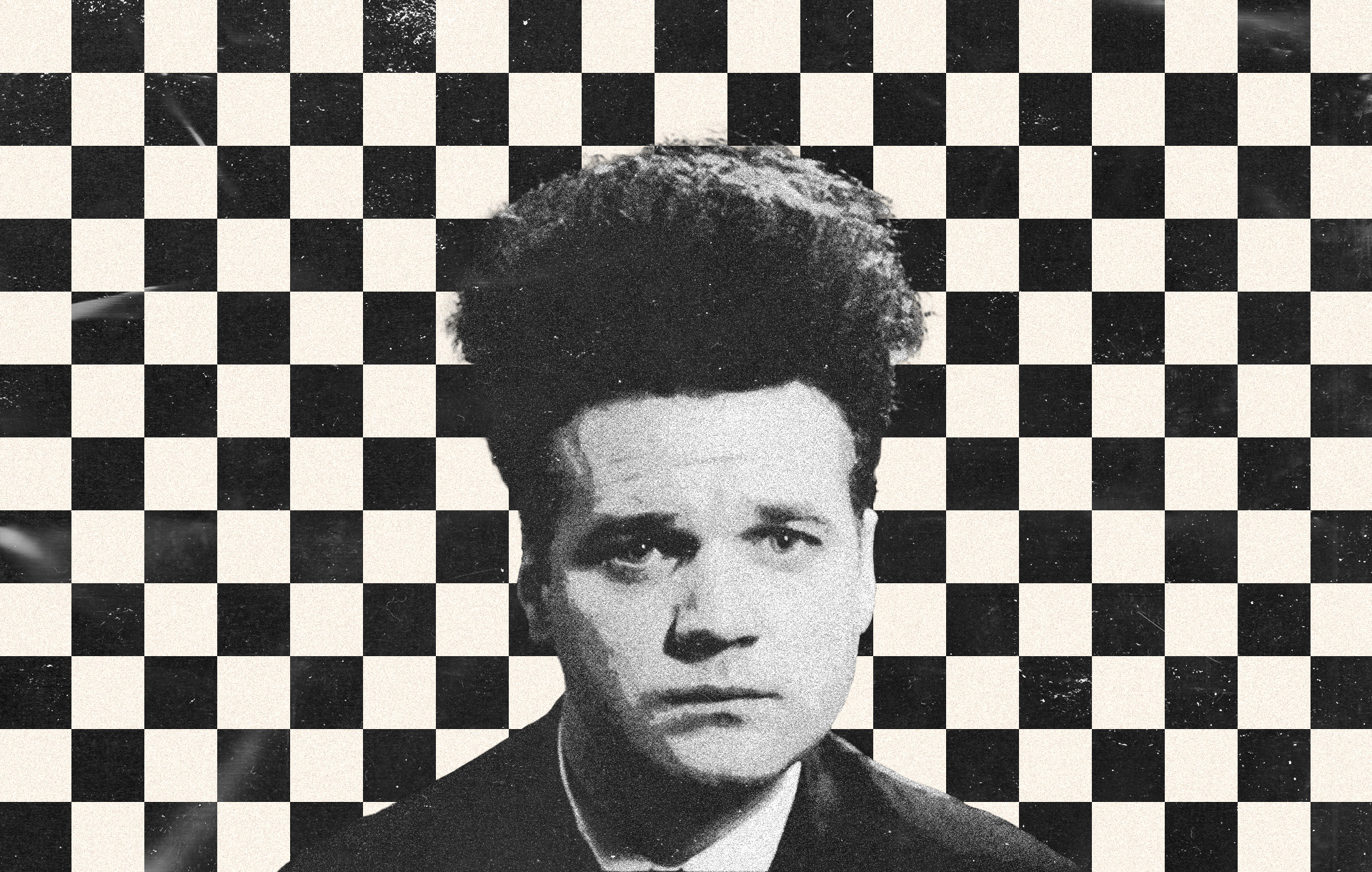From the Black Lodge to the Red Room to the Blue Rose to the blue hue of Club Silencio, David Lynch‘s work has been so associated with specific colors that it’s ironic that the film that put him on the map was in black and white.

That film was Eraserhead, which arrived in 1977, 45 years ago. This exercise in surrealism is very clearly an early look at what Lynch is capable of as a filmmaker, at a time when his talents had not yet been fully developed. I’m not prepared to call it anywhere close to his best, but it shows early glimpses of what he would be capable of later on.
Eraserhead was shot over the course of several years in the 1970s, with Lynch repeatedly running out of money and needing to raise more, and therefore requiring his leading man and future Lynch regular Jack Nance to keep that same silly haircut for many years.
From the dream sequences to the abstract images, to obsessions with lone female singers to floating heads, Eraserhead was full of images that would become part of the director’s bag of tricks in later years.
The Plot
Nominally, Eraserhead is the story of Harry (Nance), a man who’s shocked to discover that his girlfriend Mary (Charlotte Stewart) has given birth to a mutant-like baby, one who sort of resembles E.T. (even though that film arrived five years later; if Lynch minds the resemblance, he may have brought it up when he filmed his small part in Steven Spielberg’s The Fablemans).
The film is something of a metaphor related to the anxiety of new fatherhood, supposedly inspired by Lynch becoming a dad at the time. But there’s a whole lot more going on, from floating heads in space to strangely behaved parents to characters called The Lady in the Radiator and The Beautiful Girl Across the Hall.
Also, the film is extremely abstract, and it’s not always entirely clear what’s going on, whether its the extremely dark film stock or the non-straightforward storytelling. That said, Eraserhead is probably easier to follow, plot-wise, than Lynch’s most recent project to date, Twin Peaks: The Return.
Eraserhead premiered in March of 1977, at the Filmex Film Festival in California, but it had its New York premiere on September 28 of that year, 45 years ago last week. Soon after, it emerged as a midnight movie, and around the same time that The Rocky Horror Picture Show started to emerge as just that. It remains that to this day, although it’s also available to stream on HBO Max.
Its Legacy
The film has been discovered over the years by the sizable fandom of Twin Peaks, who often seek to devour Lynch’s earlier work. The Elephant Man followed three years later, followed by his infamous Dune adaptation, and then his early masterpiece Blue Velvet in 1986.
Eraserhead also led to the unofficial renaming of a neighborhood of Philadelphia, Callowhill, which is often called “The Eraserhood.” Eraserhead, contrary to the mistaken belief of some, was not shot there, or in Philadelphia at all (it was filmed entirely in Southern California), but the look of the film, especially its bleak and industrial tone, is said to be inspired by Lynch’s time living in the area.
Philly hosts an annual Eraserhood Forever event, sometimes held at the mausoleum-turned-performance venue known as PhilaMOCA; the 2021 version took place in a tunnel, just two blocks away from the place David Lynch once called home.




